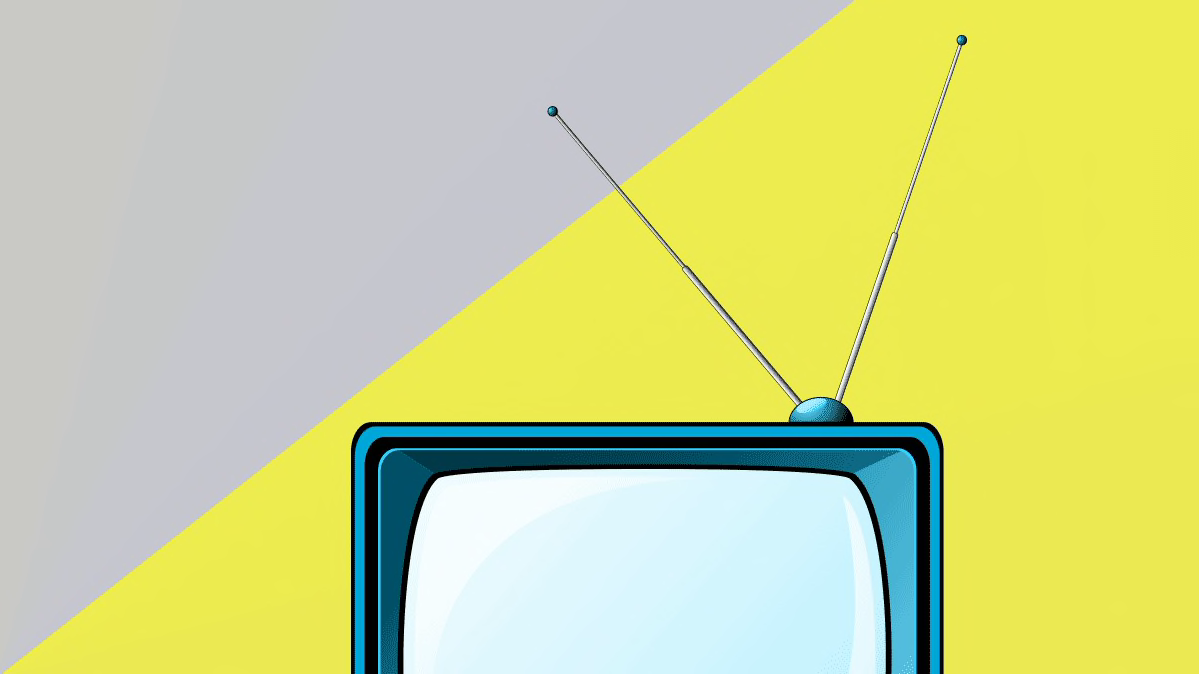
The answer, it turns out, is neither simple nor clear-cut, especially in a time of rapid technological change and shifting TV viewing habits. The economics of television started out fairly simply. Back in Don Draper’s day, broadcast networks sent their signal filled with entertaining shows to anyone willing to watch their advertising, which paid most of the bills. If you lived in a place where the signal didn’t reach, you could pay a cable company a monthly fee to bring it to you over a wire. Soon «broadcasters» agreed for a fee to send their shows over the cable. Got a question about business or personal finance?
You haven’t heard of this plane yet? It’s coming very soon.
Cookies are currently disabled in your browser. As a result, some elements of our site won’t work as designed. For example, promotional codes won’t apply, and we won’t be able to keep you logged in for future site visits. If you’d like to re-enable cookies, you can do so in your browser settings. We want to make sure you have an outstanding Ting experience. We are not able to deliver that with your current browser settings. Please consider visiting us again using the latest version of Internet Explorer , Firefox , Chrome , Safari , or Opera. Please enable Javascript in your browser settings. One of the best things to happen for cord cutters in the last 10 years was the shift to digital over the air TV. As a result of digital broadcasting, cord cutters get even more channels for free, and that makes for direct savings. And you know how much we here at Ting love to save.
How Much Money do YouTubers make
So, what is digital over the air TV? In short, it works just like old-fashioned TV, which used an antenna in order to get TV channels. The difference to the end user is their ability to receive not just one channel per number on their dial but up to five different channels per number. On average, cord cutters who use an over the air antenna get about 48 channels for free. Are you missing out? Pair an over the air antenna with your preferred streaming service like Netflix or Hulu to get all your favorite shows. Most flat-screen TVs work with the new digital over the air. If you have an older TV that is not HD ready, you will need a converter box. To learn more, check out the FCC guide on digital converter boxes.
Many TV stations are moving to new broadcast frequencies in 2019
The price that a consumer pays each month for a video service is driven largely by the costs that distributors like RCN must pay to the companies that create or package the programming — the networks. Those networks set certain rules for how their shows and networks can be sold to end consumers, including which packages can contain their channels. Customers rarely knew those negotiations were taking place. However, fees have risen higher and higher recently, forcing distributors like RCN to take a stand. At the same time, local broadcast stations have begun demanding significant fees to carry programming that they offer for free over-the-air and via the Internet. In the past few years, many TV providers, like RCN, have taken a stand against unreasonable fee increases demanded by both cable networks and local broadcast TV stations. We are pushing back against Networks that demand exorbitantly more money without delivering more value.
Media is a cyclical industry
Media and entertainment services are part of the consumer discretionary sector. These are cyclical services, which directionally follow the economic trend and expectations. During economic downturns, they usually underperform the market. However, in economic upswings, they often perform better than the overall market. Investors who want exposure to media sector stocks throughout the business cycle should watch for key domestic and global economic and consumer spending indicators. Consumer confidence is a crucial driver for sectors such as media.
Digital over the air TV channels
Which means that the seat pitch the distance between the back of the seat in front of you and your seat might get reduced to a mere 28 inches. Rather, if you are looking to start your own YouTube channel and wants to get an estimate of how much potential revenue you can make down the line, this article is for you. Quick Experiment August 9, Mrinal Saha Mrinal is a tech geek who spends half of his day reading and writing about tech. Public opinion surveys show that rich and poor share similar viewpoints on how the government should spend its money. Are Email Addresses Case Sensitive? These numbers stayed consistent after one year. Well, we learn two things from it. In more than a century, no U. The split is Which means you’ll be able to fly further in a plane that’s garlanded with more seats than .
We respect your privacy. All email addresses you provide will be used just for sending this story. With more of us looking to find ways to save money on our monthly TV billsit’s no surprise that TV antennas have made a comeback.
New over the air TV channels and their markets
It’s free TV. If you get your TV signals using an antenna, that means you’ll have to rescan for channels to keep receiving those stations. Those who get TV from cable or a streaming service aren’t affected. We’ve been recommending that antenna users regularly rescanning for channels for some time now, but it’s especially important with many stations now moving to new frequencies.





Comments
Post a Comment